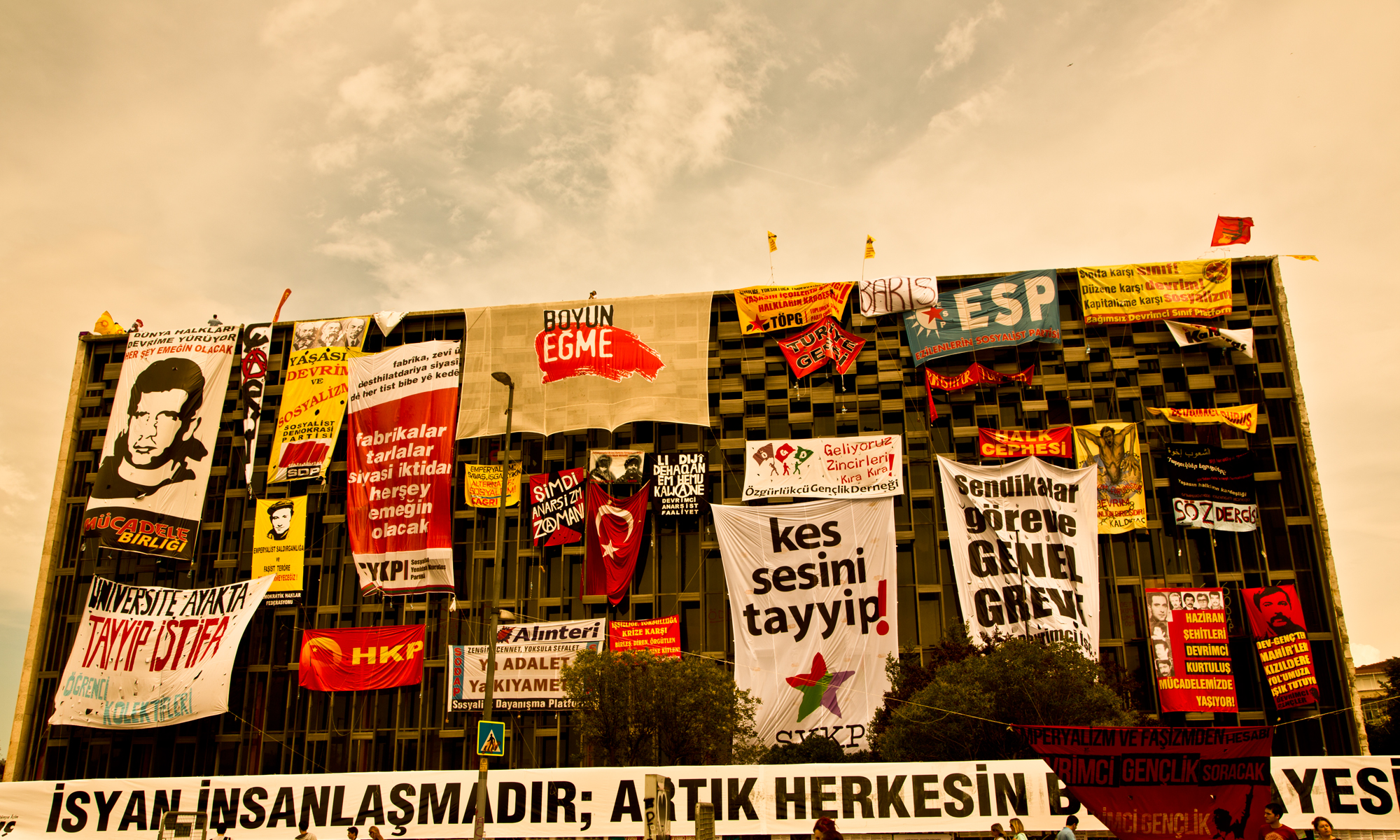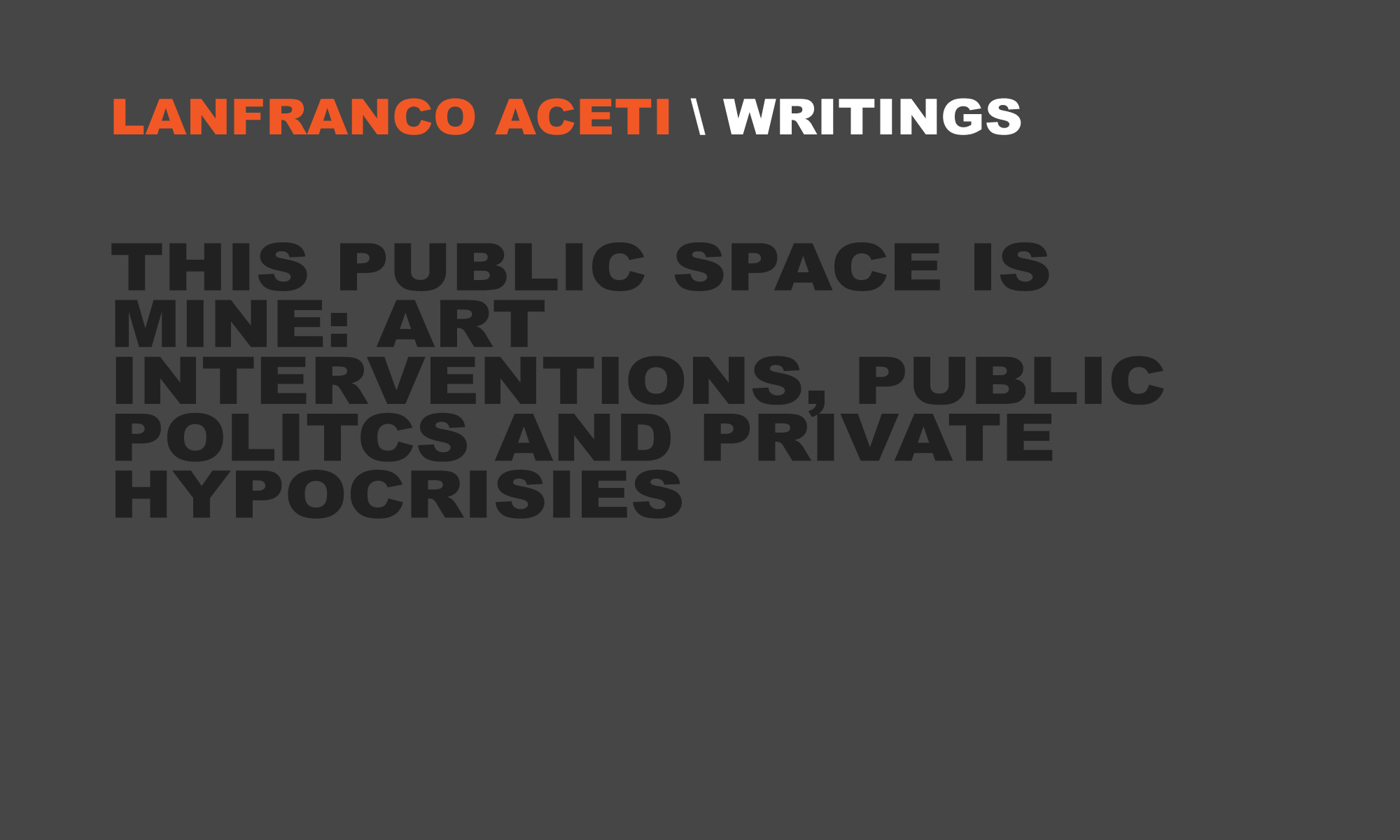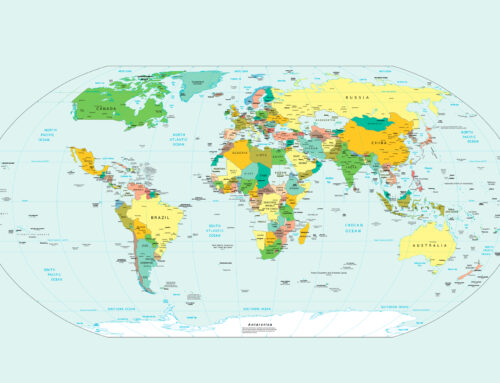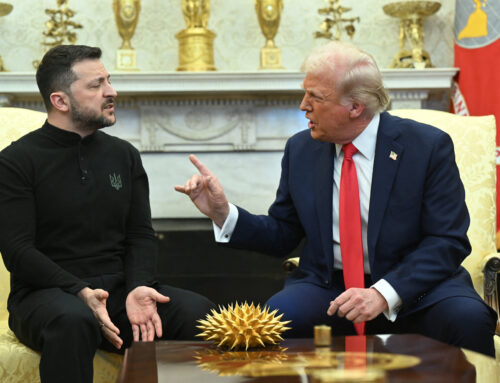This is an essay on public space and art/political interventions. This version online is partial and fragmented because it was an experiment that I started attempting to write academic articles directly online. The article is being completed off-line and will be presented and become public soon. In the meantime it is available online in order to offer an idea of the problems and social complexities of contemporary art interventions and engagements.
THIS PUBLIC SPACE IS MINE: ART INTERVENTIONS, PUBLIC POLITICS AND PRIVATE HYPOCRISIES
ABSTRACT
The perception of public space is often determined by a series of engagements that are supposed to be free from restraints, regulations and controls. This may be the ideal mental representation that each one of us may have of the public space, a clear slate devoid of social, political, economic and cultural contexts. The reality is starkly different: public space is highly regulated, politicized and structured in terms of economic status and class. The narrative of the public space is the narrative of the Body Politic. Furthermore, the high level of regulation of the public space clashes against the idea that the people have of their own rights within the public space itself. These rights are a reflection of an entitlement to the use and at times (others would perhaps write the word often) abuse of the public arena.
Public space, in the Mediterranean in particular, is also highly charged, since the public space, agora – piazza – meydan- square, is a space of political and social living as well as a place for manifestation or flaunting of hierarchical status. Public space in the Mediterranean, in a cultural juxtaposition to the use and interpretation of public space in Anglo-Saxon and Nordic countries, highlights profound interpretative differences, perhaps not so much at a legal level, but certainly at societal behavioral and customary levels.
The analysis, therefore, should be on the cultural behaviors of the groups that engage within the public space that would create a too large sample of analysis for the scope of this writing. Therefore I have decided to bring forward an analysis of public space that is based on a series of recent contemporary interactions which I believe could shed light and clarify an interpretation of public space that is, within the Mediterranean, shaped and constructed by its own cultural definitions as a highly contested and conflicted space.
The roots of this conflict are in the hierarchical political structures of society that are increasingly obliged to face interpretative models that are based on community and interactions within communities that evidence the role of the self and groups of selves as active participants in the framing of the socio-political discourse. If there is a socio-political tradition of intervention and allocated spaces for a variety of alternative forms of discussions (albeit increasingly under threat) in the UK, America and Canada or other European Countries, the Mediterranean is characterized in large part by highly regulated forms of interventions in public life.
… but the ideal representation of ‘community in the west’ versus the reality of what it is – generates a clash and the contemporary fractures are exposing these false democratic models. It also reveals a lack of ‘society’ and ‘societal’ in those countries that are defined as ‘democratic’ in the contemporary imaginary.
KEYWORDS
Public space, politics, performance, interaction, art, visuality, and revolt
INTRODUCTION
Public space, participatory, community based, inclusive and interactive, have been ‘fashionable words’ for the contemporary art world. Curatorial committees, art organizations and policy makers have pushed an agenda that would involve the ‘public’ into activities that would promote a sense of participation and therefore belonging, generating the impression that there is social cohesion and that we are all part of it.
Following Jean Baudrillard’s thoughts on the conspiracy of art, the consequence of the above premise is that art, in Platonic and Baudrillardian terms, is a distorted and pale image of the truth; a tool of contemporary propaganda in order to enforce the illusion of the simulacrum. (Baudrillard’s note to be placed here.) There would be no other reason for politically inspired committee or privately sponsored organizations to promote anything else but a self-serving agenda. The image of art is – still today – a powerful megaphone able to convey and support status, ideas, branding and behaviors.
and the ‘clash’ between the Istanbul Biennial and Istanbul based art activists, in a year in which the Istanbul Biennial is supposed to be ‘all about’ public space?
It is the art economy, stupid! This could be a succinct answer that could be used to avoid to describe a much more complex series of interactions and contrasts that are happening all over the world, in a variety of forms, between a social idea (which does not mean socialist) of the public space and a financial privatizing approach to public space, art, and any other aspect of what once was the res publica (literally translated the thing of the public, which includes between many things also the public space).
It is the zombie capitalism and the democracy of zombies, which provide a good definition for the current structures of capitalism and democracy, that may represent a more appropriate answer to the current turmoil that is also emerging, as a reflection of current social trends and upheavals, within the art world.
“21st century capitalism as a whole is a zombie system, seemingly dead when it comes to achieving human goals and responding to human feelings”
It is perhaps not just a mere coincidence that this year the Turkish Pavillion at the Venice Biennale was called ‘Resistance’ or that the public events and publicness of this year’s Istanbul Biennial is incurring in several issues, conflicts and controversies.
“But the very process of institutionalization and the attendant commercialization of site-specific art also overturn the principle of regard, for it is predicated on the belief that a particular site/place exists with its identity-giving or identifying properties always and already prior to what new cultural forms might be introduced to it or emerge from it. In such a pre-(or post-) poststructuralist conception, all site-specific gestures would have to be understood as reactive, “cultivating” what is presumed to be there already rather than generative of new identities and histories.” [(Miwon Kwon, “One Place After Another: Notes on Site Specificity,” in Space, Site, Intervention: Situating Installation Art, ed. Erika Suderburg, 56-57 (Minneapolis: University of Minnesota Press, 2000.)]
I Am Here to Buy a Show of Someone Who Is a Name
The problem is that the process of institutionalization of the public space is geared toward the generation of new identities and histories that blatantly distort or re-write facts. This is a process that the art world has promoted in its extreme commercialization of art for economic gain, creating corporate identities that after having devoured art are now resetting the place within which art is publically displayed.
Buying art means to buy the meaning of art. It means to be able to reset its context, to promote a meaning over another, to reshape the relationship between signifier and signified. This is if we were to reinterpret Ferdinand de Saussure in more materialistic terms [Saussure 1983, 12, 14-15, 66; Saussure 1974, 12, 15, 65-66 Saussure, Ferdinand de ([1916] 1983): Course in General Linguistics (trans. Roy Harris). London: Duckworth and Saussure, Ferdinand de ([1916] 1974): Course in General Linguistics (trans. Wade Baskin). London: Fontana/Collins. ]
and if we referred the signifier to the visual and not to the sound pattern. (Saussure 1983, 66 ; Saussure 1974, 66).
‘Nothing is a sign unless it is interpreted as a sign’, wrote Peirce. [Peirce, Charles Sanders (1931-58): Collected Writings (8 Vols.). (Ed. Charles Hartshorne, Paul Weiss & Arthur W Burks). Cambridge, MA: Harvard University Press. (Peirce 1931-58, 2.172) ]
Perhaps today we could say that: nothing is a sign unless it is bought to be a sign. In the contemporary art economic game that means that is money that invests art of its prerogative of being art. Chalres Saatchi understood this game much earlier than his contemporary investing with money the signified of ‘art’ onto a signifier. This investment obliged others to catch up in the new corporate game of ‘buying stock’ fearing it possible scarcity and availability. Not to posses the shares of Damien Hirst in the form of artworks would mean not to be invested in the socio-economic meaning attributed to Hirst’s artworks.
Branding by association or lifestyle branding is no more efficient to propel socio-political discourses and promote the corporate credo than when used in a public space.
Devouring Art
“Selling of art and making great sums of money didn’t happen anything like the way it does now. We didn’t have that bitter competitiveness. There was a comradeship and conviviality I don’t think there’s so much of anymore, at least not that I know of.” [Sabrina Sweeney, John Kasmin Reflects on the Artists Who Shaped the 60s,” BBC News, September 3, 2013, https://www.bbc.co.uk/news/entertainment-arts-23920342 (accessed September 3, 2013).]
The Venice Biennale has, over the years, defined itself as a space for the art world, a space within which the Biennale itself has a divine right to devour every single scrap of art and every artist in the self-serving celebration of the Venice Biennial and its brand. In the list of itself, of the art world made by the art world for the art world, the Encyclopedic Palace of the Venice Biennale this year represents more than usual a self-referential, inward looking approach, detached from social issues and the contemporary crisis that society and art itself, since art is located within society, are experiencing. A celebration that smells of crisis, uncertainties, and instills the idea in the viewer that there is a vaguely perceived fear that things can no longer be as they used to be. The curation is exciting and even liberating at times – since what were controversial artworks of the 1970s like in the case of are presented to a global audience of emerging rich Eastern countries and decaying rich Western countries that evaluate everything in the possibility of ‘buying in’ an artist or an art show.
Entering in the Giardini I was faced with a museum’s director I know who was there to ‘shop’ for contemporary artists to display on the cheap within her museum. The search was not for the best artwork, the most interesting artist or based on any aesthetic canon: the search was dictated by two criteria: fame and price. The lesser the cost and the higher the fame being the best possible combination. The market fair – that we wish to acknowledge it or not – is still part of the Venice Biennale, since it is impossible not to retrace its origins to the Great Exhibition of the Works of Industry of all Nations at the Crystal Palace in London in 1851.
What are really the origins of the Istanbul Biennial and if they were in political opposition to the status quo – having been institutionalized through processes of privatization – is there an acquisition of freedom? The Istanbul Biennial, as most other world biennials, are the spawn of the Venice Biennial and in this sense to understand one it means to have a sense of the others.
Nevertheless art cannot be in crisis and more importantly mainstream art must respond to its sponsors and safeguard its livelihood, in order to safeguard its existence in the current format.
This has been a month of turmoil, which reflects on my own thinking about art and its role within society, if society still exists.
Art Engagements
Returning to the Venice Biennial this year after a few years of absence was for me a moment to reflect and re-think what does art engagement mean. This process of rethinking has become increasingly complex as it faced and continues to face the widespread protests in Turkey. To this has been added the event described below which I was made aware of in an email soliciting support received on Saturday June 8, 2013 at 15:57:04 Istanbul time. The email, titled To 13th Istanbul Biennial, discloses a clash and confrontation between the Istanbul Biennial organizers and curators, on one side, and a group of artists, on the other.
- We wrote the following text on May 25th, 2013. With the beginning of the protests at Gezi Park, our priorities shifted and we decided to postpone its circulation. Today, especially after “last week’s“ experiences, when we rethink what happened on May 10th, we are even more convinced of the urgency of this letter.
Yours sincerely,
We the undersigned, who are all working in the field of art, condemn the reaction of The Istanbul Foundation for Culture and Arts (IKSV) and 13th Istanbul Biennial curatorial team, to the protest that was performed by Public/Common Resistance Platform members at the “Public Capital” event on May 10th 2013.
The protest was organized and performed by a group of activists wearing
T-shirts printed with the names of forcibly gentrifying neighborhoods in Istanbul; at short intervals, one would stand up from the crowd and drape him/ herself on the floor in the middle of the room using a piece of cloth printed with the logos of related companies. The performance was finished by IKSV team lifting the protesters up roughly and carrying them off from the venue.
Whilst pretending to have a “public” discourse , this applied intolerance towards critical and different voices, the violence towards protesters, and the attempt of detaining a platform member because he was video recording the activity, and calling the police and taking him to police station and making charges against him cannot be an acceptable attitude
The authoritative, judgmental and uncommunicative attitude of the 13th Istanbul Biennial towards different voices of the public is highly in contradiction with its claims to “activate social engagement and public fora to generate a possibility for rethinking the concept of “publicness”.*
We would kindly and urgently invite you to change this authoritarian reflex and re-think the proposed process (structure) of 13th Istanbul Biennial.
*https://bienal.iksv.org/en/archive/newsarchive/p/1/622
Please reply to imzaliyorum@gmail.com if you like to join.
https://bienal.iksv.org/en/archive/newsarchive/p/1/790
Word Matters, Particularly if You Do Not Mean Them
The easy approach to public space and the concept of community is an indication, in most cases, of an exploitative and ‘fashionable’ approach that has to tick national and/or international boxes.
The Diatribes and Conflicts in the Public Space
Diatribes and conflicts in public space would have had a marginal significance if it was not added onto the sedimentation of a perception of the use of the terminology of public space that at times appears ‘hypocritical and contradictory’ in its discourses and that often edge between self promotion, self selling, self advertising and self serving.
The society of the self or the ‘I’ society is not necessarily an evil, if it was to present itself as such. The problem is that it tends to hide itself under an invisible cloak of warm platitudes, altisonant statements, good intentions and global aspirations. The realities are others and are determined by profound and complex negotiations between rampant personal interests, money making ponzi schemes, processes of enslavement and exploitative vampirism.
(Note) The square with no name.
Vandals Vandalizing Vandalism
https://www.huffingtonpost.com/2013/08/20/new-bansky-mural_n_3786455.html







